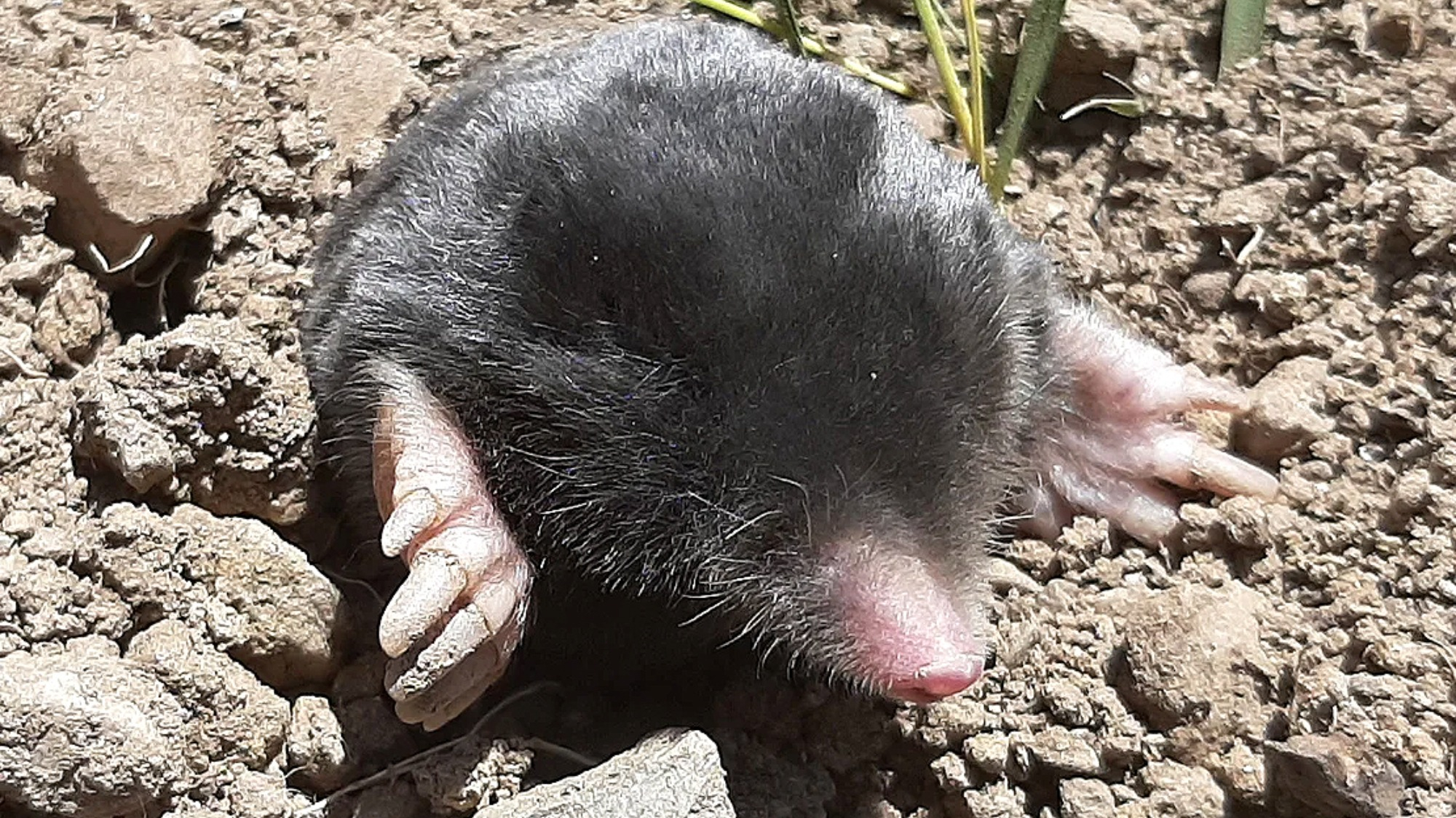

Two newly-discovered types of moles have possibly been hiding in eastern Turkey’s mountains for as many as three million years. These hide-and-seek champions are named Talpa hakkariensis and Talpa davidiana tatvanensis, and they belong to a group of subterranean, invertebrate-eating mammals found across parts of Europe and Western Asia. The potential new species are described in a study published late last month in the Zoological Journal of the Linnean Society.
[Related: Like humans, naked mole-rats have regional accents.]
At least seven mole species are known to burrow in the grounds of North America and only one species (Talpa europaea) is in Britain. East of the United Kingdom, there are a number of different moles and many of them have small geographical regions.
In this study, the team used DNA to confirm that these moles are distinct from others within the group and family. Both live in the mountains of eastern Turkey are able to survive conditions that range to over six feet of snow during the winter months to temperatures over 120 degrees Fahrenheit in the summer.
“It is very rare to find new species of mammals today. There are only around 6,500 mammal species that have been identified across the world and, by comparison, there are around 400,000 species of beetles known, with an estimated 1-2 million on Earth,” study co-author and University of Plymouth biologist David Bilton said in a statement.
On the surface, the moles in this study look similar to other mole species, since their underground dwellings can constrain the evolution of their shape and size.
“Our study highlights how, in such circumstances, we can under-estimate the true nature of biodiversity, even in groups like mammals, where most people would assume we know all the species with which we share the planet,” said Bilton.
With these new additions, scientists have now identified 18 Eurasian moles and each of them have distinct genetic and physical characteristics. The team closely studied the size and shape of their various bodily structures, which helped them use specimens collected during the 19th century that are in museum collections. The complementary DNA analysis that compared them to other known mole species confirmed that they are distinct.
Found in the Hakkari region in southeastern Turkey, Talpa hakkariensis was identified as a completely new mole species.
[Related: Star-nosed moles are nature’s speed-eating champions.]
Talpa davidiana tatvanensis is also found in southeastern Turkey near Bitlis. It was also identified as being morphologically distinct, but it has been classified as a subspecies of Talpa davidiana that was first identified in 1884. T. davidiana it is listed as data deficient by the International Union for Conservation of Nature (IUCN).
“We have no doubt that further investigations will reveal additional diversity, and that more new species of mole remain undiscovered in this and adjacent regions. Amid increasing calls to preserve global biodiversity, if we are looking to protect species we need to know they exist in the first place,” Bilton said. “Through this study, we have established something of a hidden pocket of biodiversity and know far more about the species that live within it than previously. That will be critical for conservation experts, and society as a whole, when considering how best to manage this part of the planet.”
